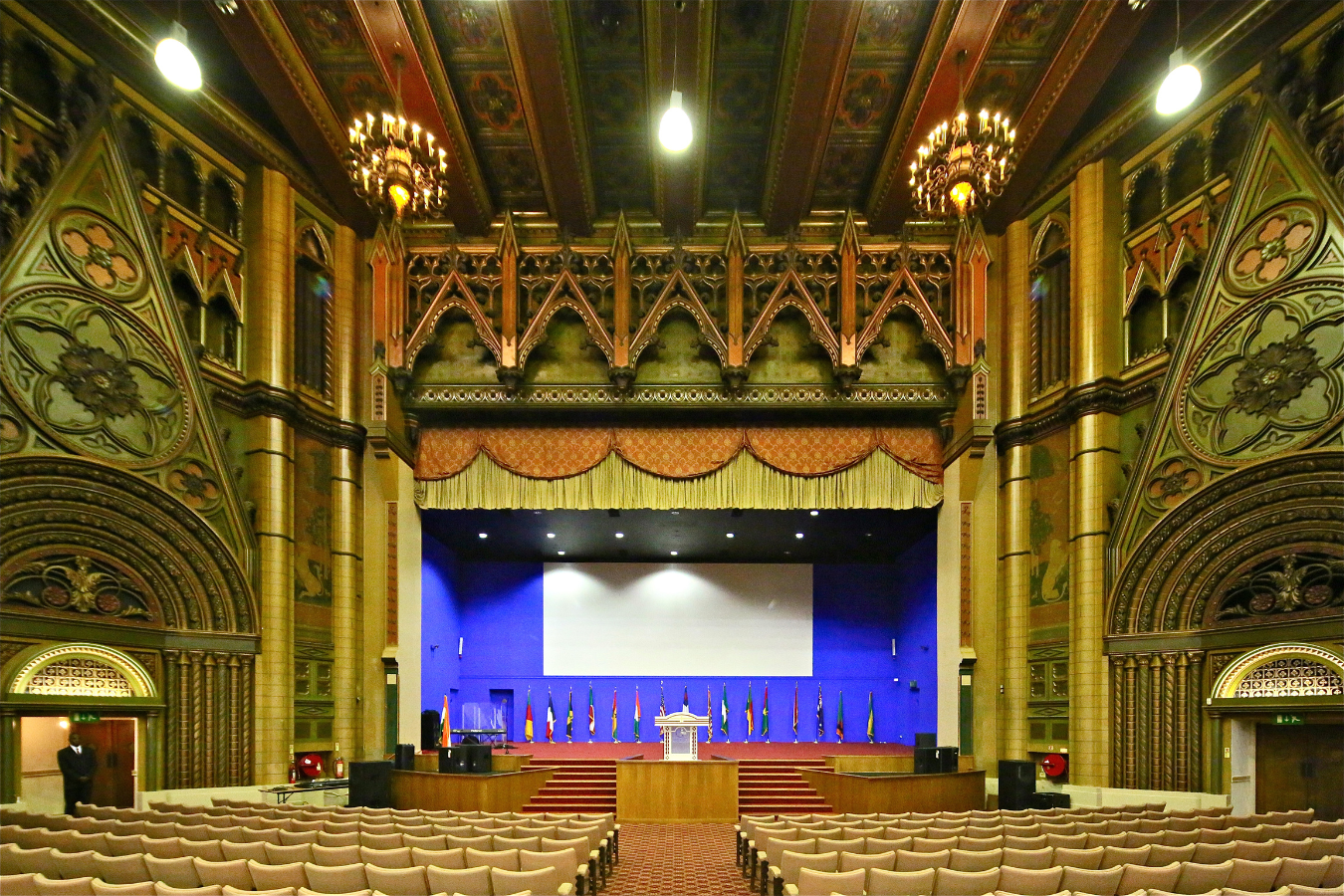
Fig 1. Christ Faith Tabernacle, formerly Granada Theatre. Interior design by Theodore Komisarjevsky, 1937. Courtesy Sirj Photography
The reuse of places of worship for secular purposes has been the subject of increasing academic inquiry in recent years: partly because of growing scholarship on the adaptive reuse of historic buildings generally and partly as a result of the rising number of redundant churches. The high visibility of empty churches has led to broad and inaccurate assumptions that the decline of traditional Christian worship marches in lockstep with the secularization of the West. However, closer inspection of the adaptive reuse of secular buildings to places of worship – the inverse of reusing empty churches – reveals that, in fact, religious beliefs and practices are not in uniform decline but are simply shifting in response to patterns of migration, economic forces and emerging cultures of worship that require new spaces.
In the UK, as in countries across the world, former cinemas have been widely reused as places of worship. While there has been some research into the reuse of cinemas as churches (particularly for charismatic Pentecostal congregations), there has been little work on the broad repurposing of this building type for different faith groups. Studying these buildings and the communities who use them offers a snapshot of faith and society in the twenty-first century and reveals the extent to which religious adherence is, in fact, growing in many of Britain’s cities.
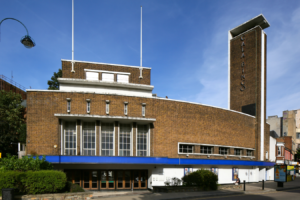
Fig 2. Christ Faith Tabernacle, formerly Granada theatre, Cecil Masey and Reginals Uren, 1937. Courtesy Sirj Photography
The majority of cinemas that are now places of worship in the UK, were founded by diaspora communities in large urban centres. Of the 97 former cinemas that are currently used for worship in England (the survey excludes Scotland, Wales and Northern Ireland*), one is a Zoroastrian centre, two are Hindu temples, two are Gurdwaras, 16 are mosques, and the remainder are used by Christians, mostly as Black Majority Pentecostal churches. It is often assumed that migrant communities reuse secular buildings for worship as they lack the funds to construct purpose-built sites and, in looking at early examples of worship spaces founded in cinemas, this is certainly a factor. The closure of many cinemas (or bingo halls, as many of them became) in the 1980s and 90s provided a ready supply of cheap, large sites with relatively few planning constraints that suited newly-arrived migrant communities. But the continued use of cinemas by different faith groups (often by communities that have significant budgets) reflects the characteristics of this building type that suit congregational worship in general. These include: urban locations near public transport; spatial configurations (auditoriums and ancillary rooms) that provide discrete spaces for worship and community activities; a scale that can accommodate large and growing congregations; sound-proofing; and the opportunity to create landmark places of worship.
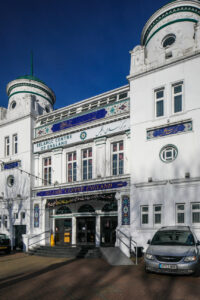
Fig 3. Islamic Centre of England, formerly the Maida Vale Picture House, Edward A. Stone, 1913. Courtesy Sirj Photography
At first glance, this last factor seems surprising: the visual language of cinema architecture has little in common with churches, mosques or temples. But, in fact, several congregations have made a feature of the cinema buildings that they now occupy. An exemplar of this, is the grade II* listed Christ Faith Tabernacle, founded by a Nigerian congregation in Woolwich, London. The church operates in a building that was once the Granada Theatre, designed by the architect Cecil Masey, in 1937, with the art deco façade by Reginald H. Uren. The building is perhaps most significant for the highly theatrical interior design, by Russian set designer Theodore Komisarjevsky, which features painted panels on the walls by the artist Vladimir Polunin. The design scheme draws heavily from gothic architecture lending the interior an ecclesiastical flavour that symbolically aligns with its new purpose as a church (figure 1). This is not lost on the community, who have visibly branded the former cinema as a cathedral (figure 2). Funds to maintain the building have been raised by congregational tithes and the community has restored the building to costly conservation standards, including reinstating the original rake and fixed seating.
Similarly, the grade II listed Islamic Centre of England (formerly the Maida Vale Picture House, designed by Edward A. Stone in 1913), which is both a mosque and a cultural centre in Maida Vale, London, has brought together the opulent original features of the former cinema with Islamic-inspired design elements. The current building constitutes a unique synthesis of styles and has become a landmark for both the worshipping and local communities (figures 3 & 4). A comparable approach was taken at the Aziziye Mosque in Stoke Newington, London by a Turkish community. The mosque occupies the building that was once the Apollo Picture House, which was completed in 1913 to the designs of Stanley Burdwood (figure 5). The original building is very similar in style to the Islamic Centre of England, both having distinctive towers topped with copper domes at either side of the entrance. After purchasing the former cinema in 1994, the community decorated the exterior with coloured mosaics, reinterpreting (and perhaps reclaiming) the somewhat eclectic orientalism of the original building.
While these examples offer valuable ways of understanding faith in twenty-first century Britain, the reuse of this architecture has significant implications for heritage and conservation. At face value, there are issues to be addressed concerning the techniques and approaches taken by the communities to adapt the historic architecture – many of the former churches, mosques and temples are in listed buildings. It is clear from the examples of the Christ Faith Tabernacle and the Islamic Centre of England, above, that statutory listing continues to be a robust measure for ensuring that buildings are maintained to conservation standards. It should be noted that only a minority of the buildings currently occupied by churches, mosques and temples are listed and this raises questions about how well these buildings are being cared for and how sensitive the new custodians are to the history of the sites.
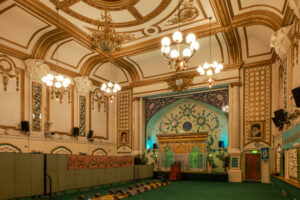
Figure 4. Islamic Centre of England (interior). Courtesy Sirj Photography
While acknowledging the importance of protecting the historic fabric of these buildings, however, we should also consider whether existing conservation policies fully appreciate their meaning and significance in the twenty-first century. A policy that understands these former cinemas only as cinemas, misses the fact that they have become something else – in some cases, the buildings have now been operating as places of worship for longer than they were cinemas. Punitive conservation measures that insist on keeping buildings in aspic often have the counter-productive effect of rendering them unusable. An example of this is offered by the former Astoria Theatre in Brighton, which remained empty for decades with the prohibitive costs of restoring it, deterring developers. As a result, it was eventually delisted and demolished. The 97 examples of cinemas that are now in use as places of worship in England are united by a common thread: they are all still standing. In addition, many of those that are unlisted have been carefully restored and maintained despite there being no legal requirement to do so. As such, they are testament to how much the community values these buildings and respects their history.
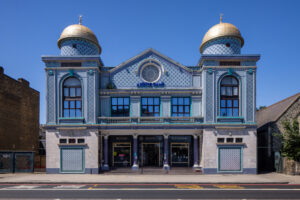
Figure 5. The Aziziye Mosque, formerly the Apollo Picture House, Stanley Burdwood, 1913. Courtesy Sirj Photography
As former cinemas take on new lives as places of worship, we should embrace their potential to become the religious heritage of the future. In developing appropriate protection strategies, it is important to bear in mind that the adaptive reuse of secular buildings as places of worship is far from a new phenomenon: indeed, the earliest churches often made use of ruined or abandoned secular sites. To secure a legacy for secular buildings that are now places of worship, we must recognise that reusing architecture is not only practical but also helps imprint the rich and varied cultures of humans onto the built environment. Celebrating rather than concealing the layered histories of former cinemas, would allow us to tell a story about religion in the twenty-first century that captures a more accurate picture of change rather than decline.
*This article offers perspectives drawn from the University of Westminster research project ‘Moving Pictures: Reusing Cinemas as Places of Worships in the Diaspora’. The project is funded by the Royal Institute of British Architects and led by Dr Kate Jordan and Dr Julie Marsh. With thanks to the Cinema Theatre Association and the Cinema Treasures website.
Kate Jordan, March, 2024





Follow us: